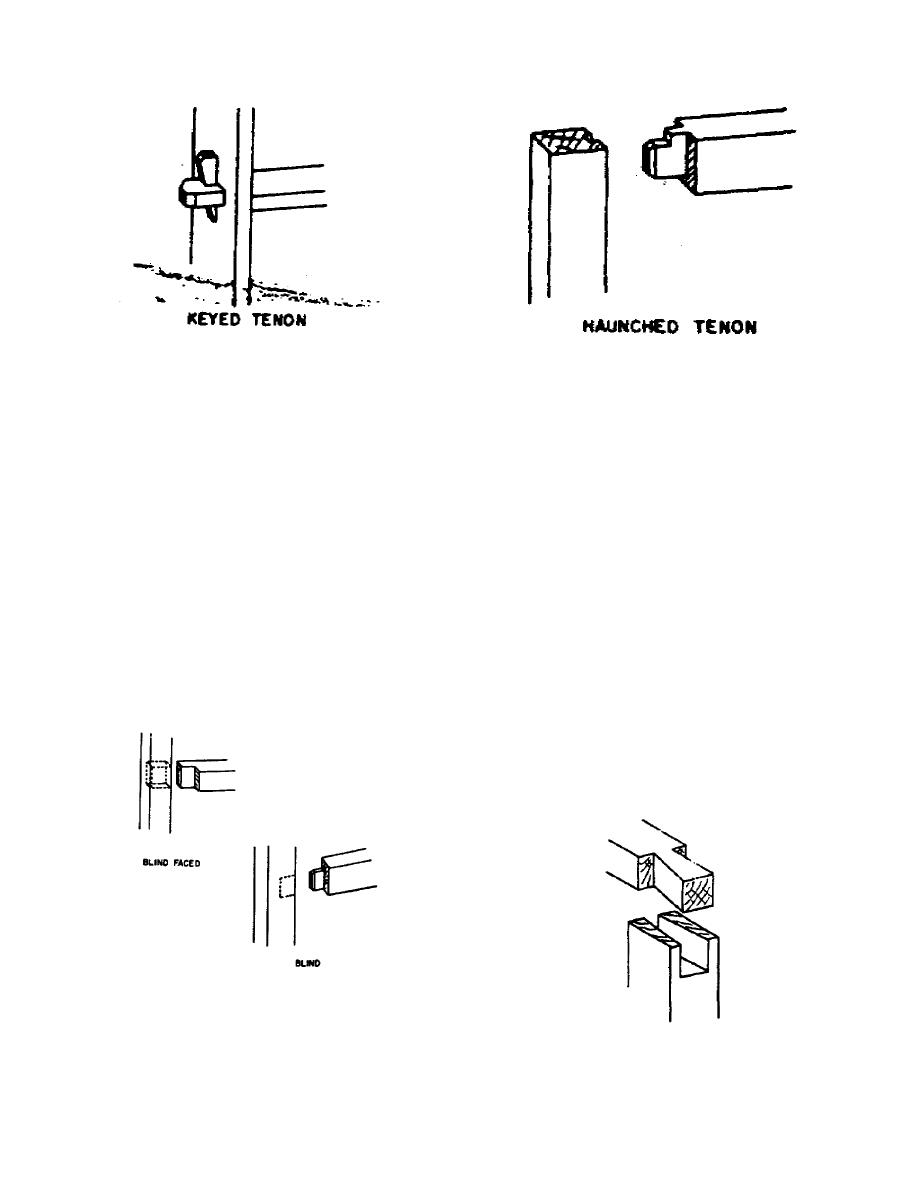
Figure 10. Keyed mortise and tenon joints.
Figure 12. Haunched mortise and tenon joints.
mortise and tenon. This eliminates a springy tenon and
figure 14. They are used primarily for corners of small
gives more shoulders which can rest against the sides
boxes.
which have the greatest stress. Before starting any
2-20. There are a few good rules to follow when
mortise and tenon joints, be sure the stock is squared.
making dovetail joints. In softwood, the tails should be
To determine the proper thickness of a tenon, compare a
wider than they are deep. For hardwood, the face
with the member of which it is a part. The thickness
(widest part) of the pins, or fingers, should be at least
should be approximately one-third the thickness of the
three-fourths of the thickness of the wood.
member. The tenon should fit snugly but not bulge the
2-21. It is not feasible to try to explain each step in
sides of the mortise or have to be driven into it.
laying out the fingers and tails of each type of dovetail
2-19. Dovetail joints. One of the strongest and neatest
joint, but it does take experience and patience to make
of all joints used in cabinetwork is the dovetail joint. For
them.
a corner joint, the dovetail is considered a mark of good
2-22. Dowel joints. Similar to the one shown in figure
workmanship, and a good fit can only be achieved by
15, dowel joints are used extensively to reinforce boards
accurate and painstaking labor:
that are glued edge to edge or otherwise butted together.
a. Single dovetail joints, like the one shown in
The dowels are made of birch and the standard diameter
figure 13, are used for drawing boards, tabletops.
sizes range from three-sixteenths to one inch. When you
drawers, etc.
bore holes for the dowels, use a bit the same size as the
b. Finger, or box, dovetail joints are those which
dowel. The size of the dowel should be large enough to
have square fingers and tails, as shown in
support the intended job but not so large as to weaken
the work rather than strengthen it. The diameter should
be approximately one-third to one-half the thickness of
the stock on which it is being used, and all holes must be
bored straight so that the dowel will not be forced into a
bent position. It is good practice to
Figure 11. Blind mortise and tenon joints.
Figure 13. Single dovetail joints.
6



 Previous Page
Previous Page
